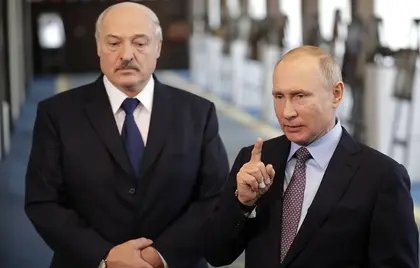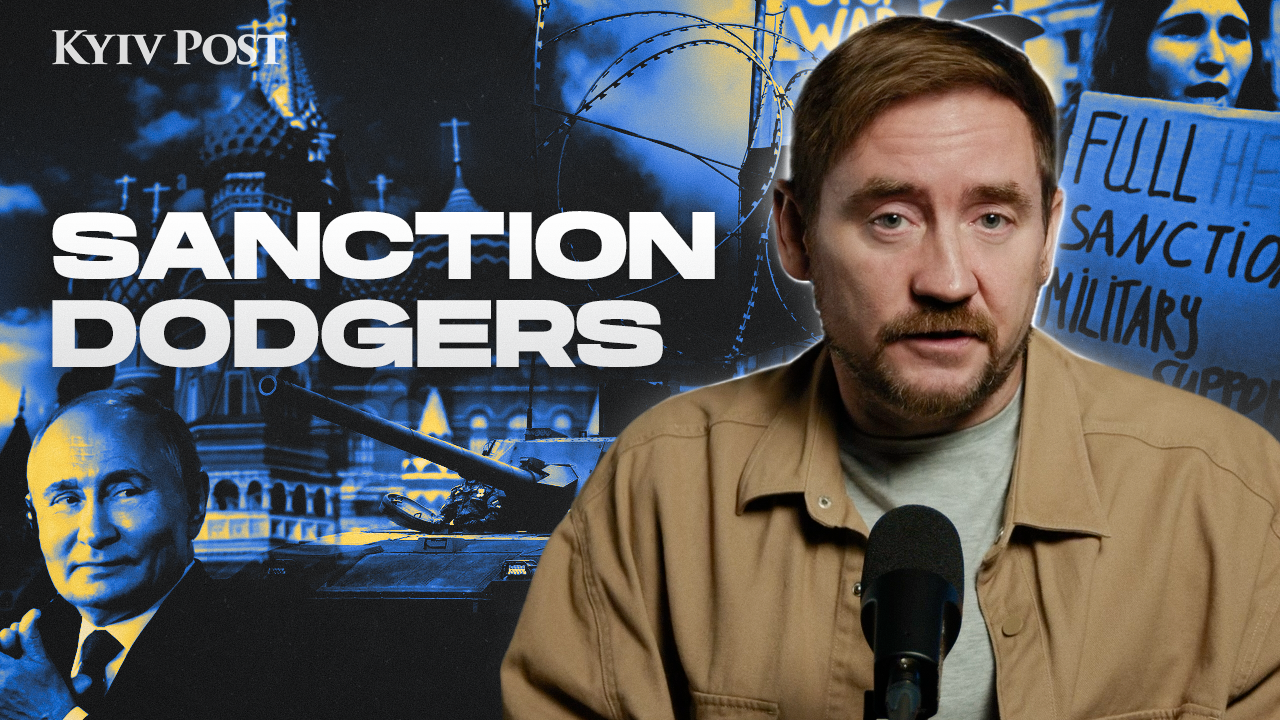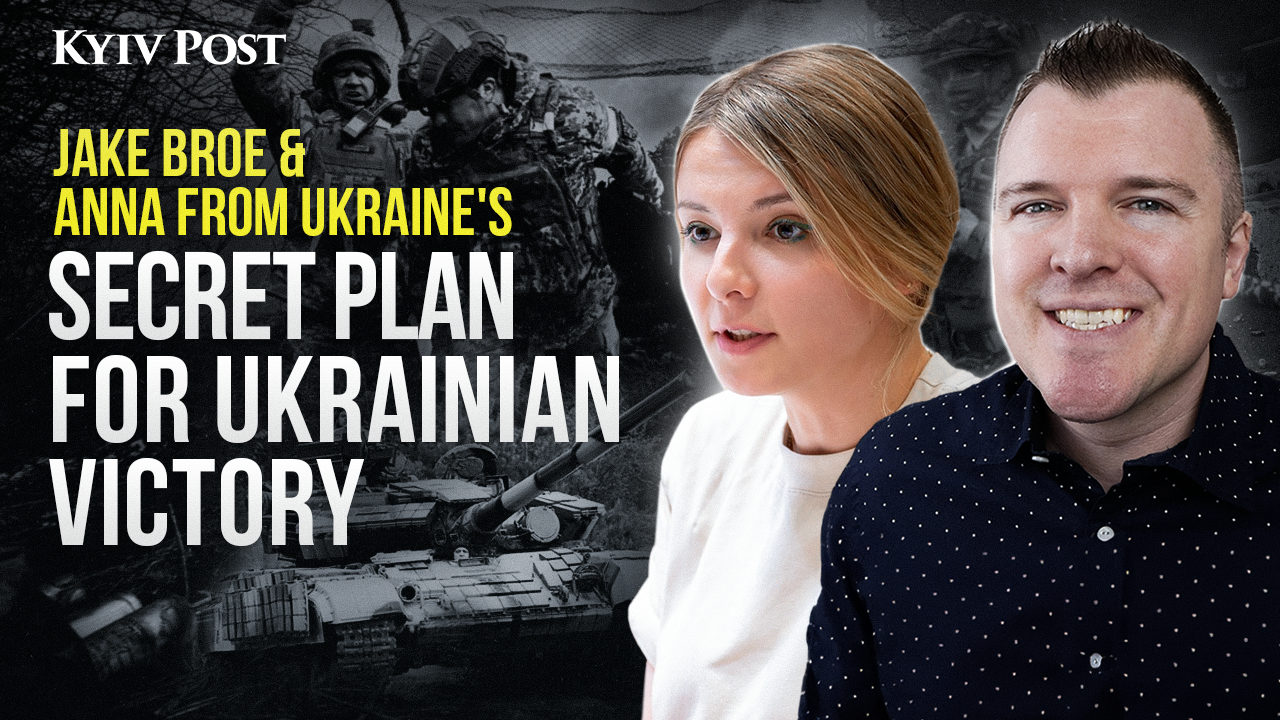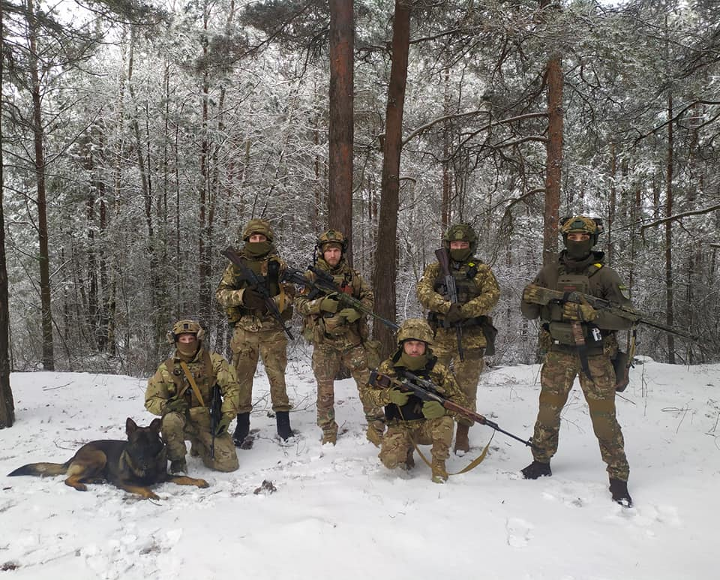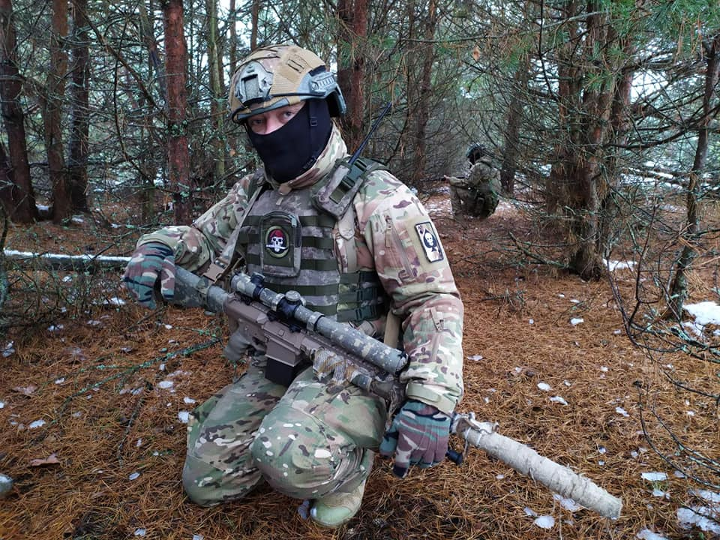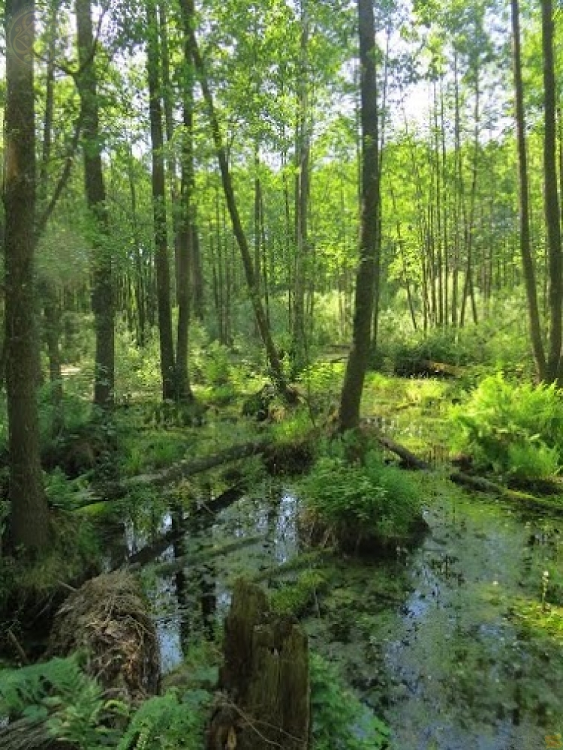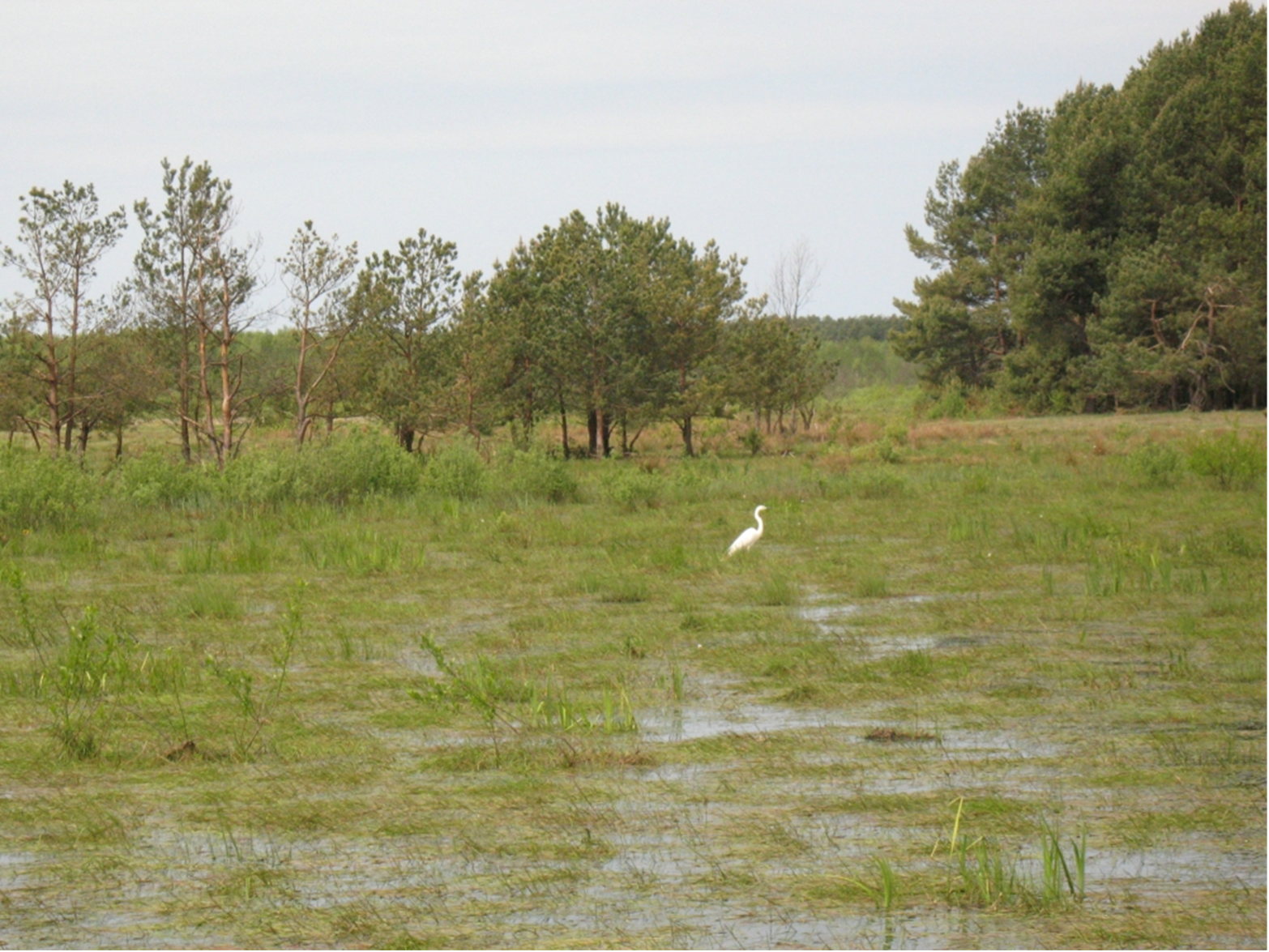Russian and Belarusian troops are again concentrating near Ukraine’s northern borders, news reports say, but the Ukrainians on the other side of the line say “let them come.”
Trainloads of Russian troops and equipment moving into Belarus have spiked since October, according to President Aleksandr Lukashenko because Minsk and Moscow are forming a joint combat force in the west of the country, with the collective security mission of deterring NATO or Ukrainian invasion.
Analysts and Ukrainian officials say the troop buildup is morelikely Kremlin saber-rattling and intimidation, than an actual precursor to a renewed Moscow-led invasion of Ukraine’s northern territories. The Belarusian army does not want to fight in Ukraine and Lukashenko vehemently opposes the idea, they say.
The Minsk-controlled BelTA news agency reported on Monday, Dec. 5, more than 9,000 Russian troops are now deployed in military bases across Belarus and preparing to mobilize for counter-terrorism training. The combat-capable part of the Belarusian army could add as many as 20,000 more men to an offensive, said Oleh Izhak, head of research at the Kyiv-based National Institute for Strategic Studies, in an interview.
“(But) I doubt that Russia will be able to launch a major operation from the territory of Belarus using Belarusian troops…The Russian priority for the near future, I think, is to create a threat, not to launch operations from Belarus,” Izhaksaid.

Kyiv Hit by Massive Drone Attack as Russian Strikes Target Multiple Ukrainian Cities
Ukrainian Main Military Intelligence Directorate (GUR) predicted on Nov. 22 that Russian special forces were possibly planning to sabotage critical Belarusian infrastructure and leave evidence Kyiv was responsible in order to draw Belarus into the Kremlin’s war in Ukraine. The main target of the raid would be the Ostrovets nuclear power plant in Belarus’ Grodno region near Lithuania, the estimate said.
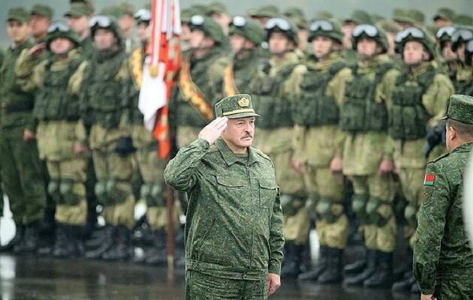
Belarusian President Aleksandr Lukashenko reviews army troops in a UNIAN news agency image published Dec. 8. A former collective farm head, Lukashenko took control of Belarus’ government in a 1996 constitutional coup. He has remained in power since then on the strength of army support. Reportedly, most Belarusian service personnel would fight to defend their country, but are dead set against attacking the NATO-armed and highly motivated Ukrainian army.
But independent analysts question whether Russia could ever convince Belarus to attack Ukraine. The Washington-based Institute for the Study of War said that false-flag attacks in Belarus are highly unlikely to force Lukashenko to send troops to Ukraine, because Belarusians are dead set against it.
Lukashenko has repeatedly said Belarus “wants to attack no one…but will defend herself.” The problem for the Belarusian leader is that, possibly, the Kremlin won’t accept that.
The sudden Nov. 26 death of Belarus’ Foreign Minister Vladimir Makai was, in fact, a poisoning carried out by Russia’s fearsome FSB secret service to warn Lukashenko of the danger of insufficient enthusiasm for helping the Kremlin against Ukraine, said Leonid Nevzlin, a Russian businessman and opposition activist, according to a UNIAN news agency report.
Lukashenko sacked his cook, butler and personal security detail following Makai’s death. Official Belarusian media reported Makai, generally considered an opponent of Russia’s war with Ukraine and a moderate on Minsk’s relations with NATO, died of a heart attack.
“There is no tool for the mobilization of Belarusians, no motivation, no (military) readiness. But there is an ardent Russian desire (to bring the Belarusian military into the war) and we must be attentive to it,” Izhak said.
Ukrainian fighters in the path of a new northern offensive told KYIV POST that the Russians and Belarusians, if they do come, will hit a buzz saw of resistance in some of Ukraine’s most difficult terrain, defended by a hostile populace that saw the backs of Moscow’s troops once already.
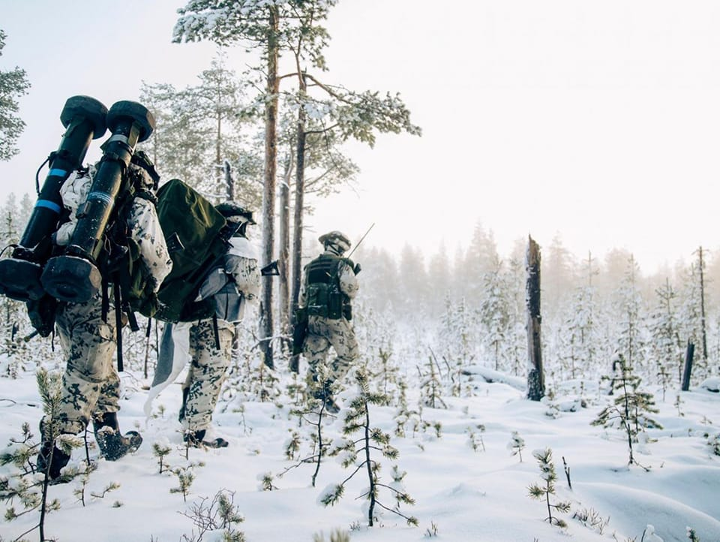
Volunteer soldiers in a Zhytomyr Territorial Defense unit practice patrolling and ambush tactics in a forest on Nov. 29. The heavily wooded, uneven ground is typical of Ukraine’s northern regions. One soldier appears to be carrying two training rounds of the U.S.-supplied Javelin anti-tank missile. Photo courtesy of Brigada Teritorial’noi Oborony Zhitmoyrshchini.
“We stopped the Russians the last time, and this time we are a thousand times more ready. We have organized lines of defense. Everyone in the local units knows each other, and this time, if the Russians come, there won’t be a question about whether or not we can stop them. We already did it once,” said Andriy Bondarenko, head of the Hostomel regional defense command, in an interview.
“We know that the Belarusians think it would be crazy to attack us,” Bondarenko said. “Lukashenko doesn’t want to attack, but we all know he may be forced.”
A KYIV POST reporter in a series of November and December reporting trips to the Kyiv and Zhytomyr regions saw organized Ukrainian defenses, prepared fortifications, multiple defensive belts and visibly well-equipped soldiers from both territorial defense units and the regular army. Checkpoints had functional communications. Regional experts said Ukrainian soldier morale would be a critical combat multiplier.
“(C)ombat motivation is critically important. High levels of motivation inspired by extraordinary national unity and commitment to the cause have been major advantages for the Ukrainian armed forces in this war. I see no evidence that this is changing,” said Stephen Biddle, Professor of International and Public Affairs at Columbia University, in a KYIV POST interview.
Another stumbling block for any Kremlin blitzkrieg out of Belarus would be, likely, the great difficulty in keeping preparations secret. NATO reconnaissance aircraft routinely fly, usually daily, along Belarus’ northern and western frontiers, carrying sensors capable of reaching 200 kilometers across the border and transmitting the location of every tank, missile battery and infantry fighting vehicle spotted via real time data link. Both NATO and Ukrainian military officials have said the targeting information from the flights is turned over to Kyiv.
According to the Belarusian Hajun project, an information platform devoted to making public the Lukashenko regime’s military activities and repressions, most Russian ground forces in Belarus are stationed in training areas, staying on base, and don’t appear to be preparing to attack anyone.
The opposition group’s granular daily reports, published in defiance of the Lukashenko regime’s ban on making public any military information at all, frequently detail exact counts and types of Russian tanks and armored personnel carriers, the road checkpoints they passed, and the direction the vehicle column was driving.
Major units of the Russian air force left Belarus in August and - aside from helicopter patrols, supply planes, and the odd flights by MiG-31 fighter jets along the NATO frontier - Belarusian air space is usually empty of military aircraft, the Hajun’s situation estimates said.
Andriy Yusov, the spokesman of Ukraine’s Central Directorate for Military Intelligence, said in a Nov. 28 statement: “Russia is spreading these fakes (in media that a big offensive is coming from Belarus) with two goals – to sow panic among the (Ukrainian) civilian population, especially among people living in border regions; and to disorient defensive forces, to distract them, and to (force Ukraine’s military) to transfer forces from other sectors.”
But in the Volyn region’s city of Shatsk, ten kilometers from the Belarusian border, local officials told KYIV POST they are less than intimidated.
“We know our defense fighters are there (to defend Ukraine) and we know they are ready,” said Shatsk official Tetyana Krat in a telephone conversation. “You can’t predict anything about those Belarusians and they may come. You can’t rule that out but this is where we live. If we have to, the people here will fight. I am sure of it.”
The terrain along the Belarus-Ukraine frontier is heavily wooded, thinly populated and hard roads are uncommon. Some of it is trackless swamp and part of Europe’s largest wetland, the Priypat marshes. Fighters said they know the ground.
“We locals know every path, every thicket, every village and every hiding place,” Bondarenko said. “The last time the Russians came, we found maps from the 1970s in their tanks…They got lost. We can find our way home with our eyes closed. If they come again with the Belarusians, there is nothing they can get out of attacking, except more dead bodies.”
You can also highlight the text and press Ctrl + Enter


